|
|
Finally, LEH!-Riding from Manali to Leh is a truly unique experience, as it allows you to witness the transition from the Hindi-Indian state of Himachal Pradesh to the late Buddhist Ladakh Kingdom. Reaching the destination is truly a reward because after passing those many high passes and mountains, it feels like finally reaching a hidden kingdom!There are quite a lot of tourists mostly arriving from Leh airport but Leh has retained a lot of its authenticity, especially in the market!From Leh, it is possible to explore a lot of fantastic regions of Ladakh, from remote monasteries such as Thiksey and Hemis to hidden valleys and high-altitude Lakes. Many riders choose to make it to the world's -allegedly- highest motorizable road, Khardung La, and on to the beautiful Nubra Valley. Another popular destination is Pangong Lake, at the Chinese Border. |
||
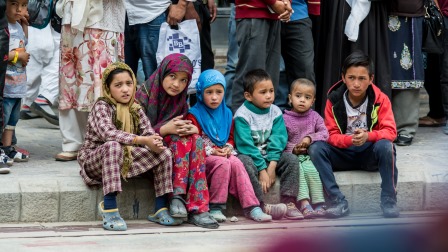 |
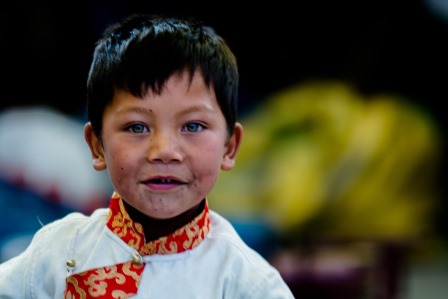 |
|
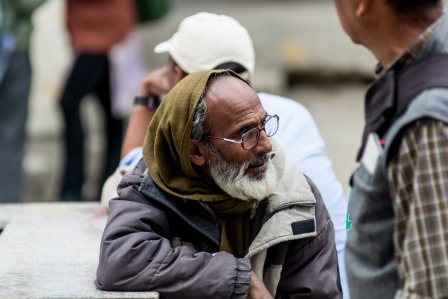 |
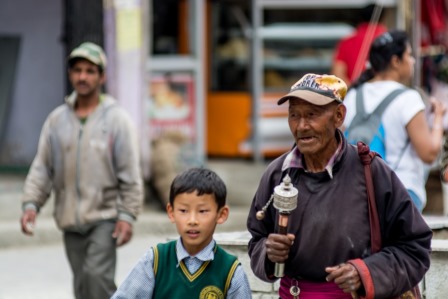 |
|
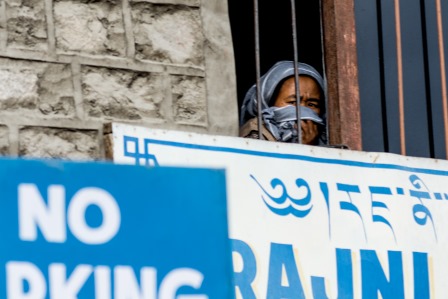 |
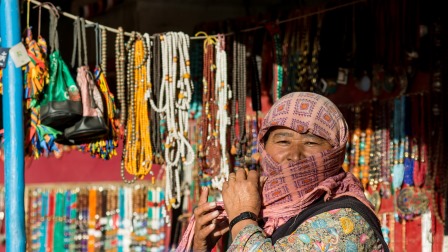 |
|
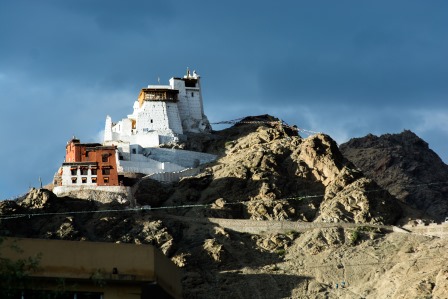 |
 |
|
 |
Leh Fort |
|
 |
Khardung La |
|
 |
Thiksey Monastery |
|
Leh Fort-Known as Tsemo Fort (Victory Fort), the Fort of Leh is visible from anywhere in Leh, and literally sits on top of the city. It was constructed in the 16th century, at the same time as the Potala in Lhasa, Tibet. The amazing view is totally worth the climb up from Leh market. The Fort has nine levels, and each level has complex networks of rooms and terraces, all linked by tiny stairs. Most rooms are empty and there isn't much to see inside, but the architecture and the view is worth the visit! |
|||
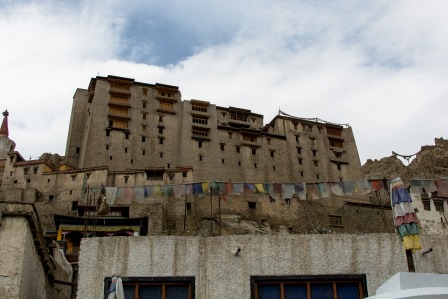 |
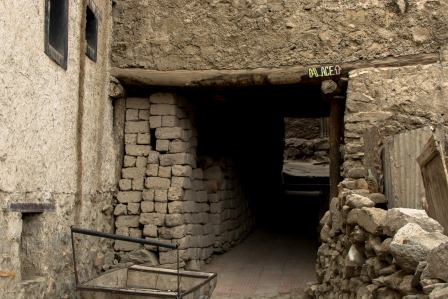 |
||
Tsemo Fort sits on Leh, and is visible from anywhere in Leh. Its construction copies the one of the Potala in Lhasa. |
The way up to the fort is a maze of stairs and arches, rustically indicated with thoughtful signage! |
||
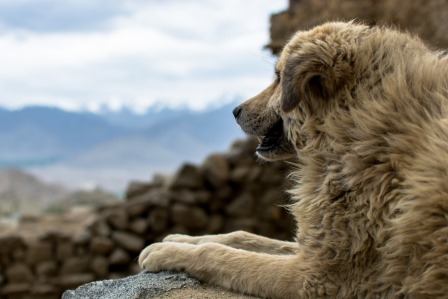 |
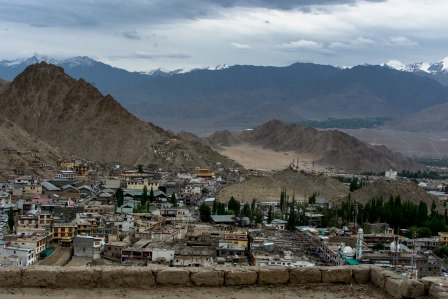 |
||
On the strenuous way up, feel free to make short stops to enjoy the view! |
From the fort's many roofs and terraces, the view on the Zangskar mountain range and the Indus valley is spectacular. |
||
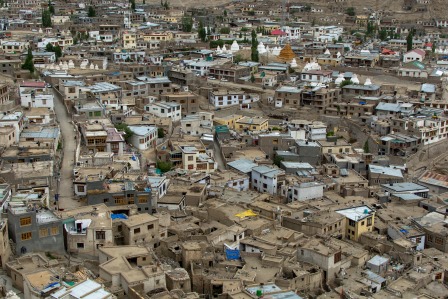 |
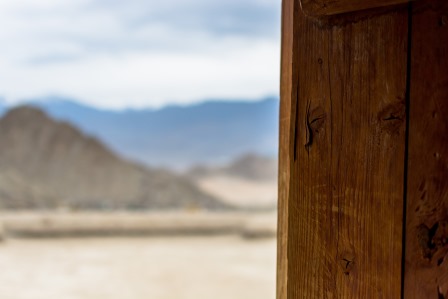 |
||
The town of Leh is a maze of small streets with stores, restaurants, boutiques and artisans at every corner. As you enjoy the view from the fort, the gentle rumble from the activity below rises with the cooling wind. |
Even slightly run-down, Leh Fort give a good idea of the past glory of the Himalayan kingdom of Ladakh. |
||
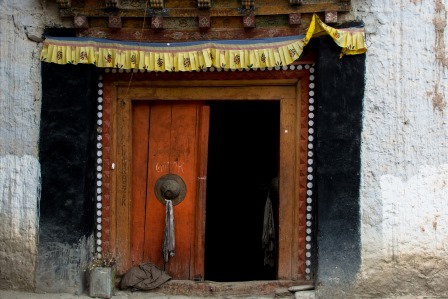 |
|||
 |
Leh Fort |
||
 |
Khardung La |
||
 |
Thiksey Monastery |
||
Khardung La-Pilgrimage to all Royal Enfield Fans, Khardung La is a 39 km ride from Leh. The directions are really straight forward and the road to the Pullu check point is paved and in good condition. However, past the check point, the remaining 15km to the pass are pretty bad... Sand, dirt, loose rock, small water streams and potentially snow depending on the season. The proper road was built in 1976, but it follows an old trail which had great historical importance. In fact, this section of the road was part of a major caravan route, linking Leh to Kashgar in the Uighur province of China. Sources say that about 10,000 horses and Bactrian camels used to take the route annually! |
|||
 |
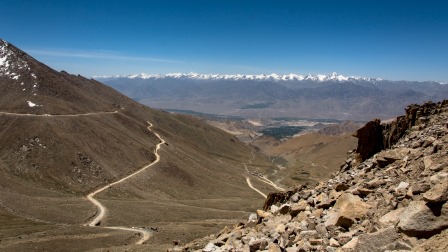 |
||
The up-hill road leaving Leh is paved and in great condition. The sight on the green patches near the river, down the valleys is spectacular. |
The winding road is made of many loops to reach the top of the pass! |
||
 |
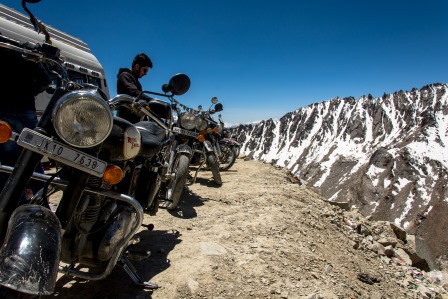 |
||
And here is it, after a tedious ride up on rocky roads: the top! Although there is a military outpost which can provide emergency Oxygen, it is recommended not to spend more than 15-20 minutes at this altitude, especially to ensure that you are in a good shape for ... the way down! |
Because of its fame, the pass is very crowded. It is a bit of a nuisance, but the scenery is worth the hassle! |
||
 |
From the Pass, one can see the entire valley, and snow-capped mountain of the Himalayan range! |
||
 |
Leh Fort |
||
 |
Khardung La |
||
 |
Thiksey Monastery |
||
Thiksey Monastery-Thikse Gompa is a beautiful monastery located on top of a hill in the Indus Valley, 19km south-east of Leh. It is a large complex of temples, stupas, houses and statues, where about fifty monks reside permanently. Reaching the top of the monastery implies finding your way through small stupas, stairs, temples, prayer rooms, terraces and so on. The view is truly spectacular. If you are visiting Leh, going to Thiksey is a must! |
|||
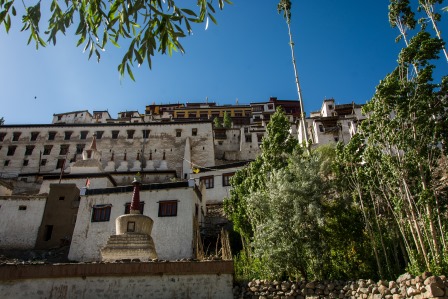 |
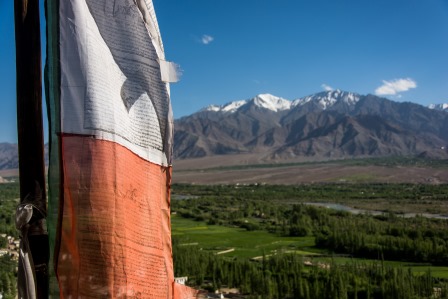 |
||
From the bottom, the monastery is really impressive. It has 12 different levels, and at 3,600m altitude, climbing all the way up is hard work! |
The view from the monastery is breathtaking, with very lush patches of land near the Indus river, and extremely arid lands away from the river. |
||
 |
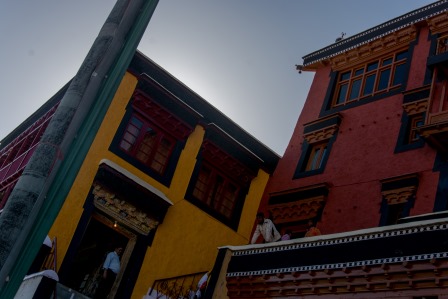 |
||
The monastery is still very much alive with a lot of activity going on. And staying a while on the terraces allows you to witness the daily life of the monks, some of them very young! |
At the time of my visit in June, the monastery was getting brand new coats of paint in preparation for the visit of the Dalai Lama who comes in person for teachings every year for 10 days. |
||
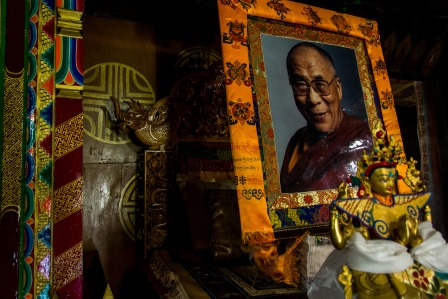 |
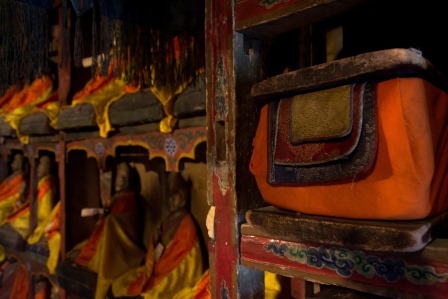 |
||
The Dalai Lama fled Tibet many years ago, and seeked asylum in Ladakh. He knows resides mostly in Dharamsala, but all monasteries in the region have dedicated seats and places for him, who are maintained and kept in good condition to welcome in when he visits. |
On one of the upper floors, some small and poorly lit rooms house the holy scriptures. They are kept with great care in fabric , held together by wood pieces. |
||
 |
A section of the monastery contains the largest statue of Ladakh. Covering two floors of the building (15m), Maitreya Buddha was offered by the 14th Dalai Lama during his visit in 1970. |
||
 |
Leh Fort |
||
 |
Khardung La |
||
 |
Thiksey Monastery |
||
Pangong Tso |
||